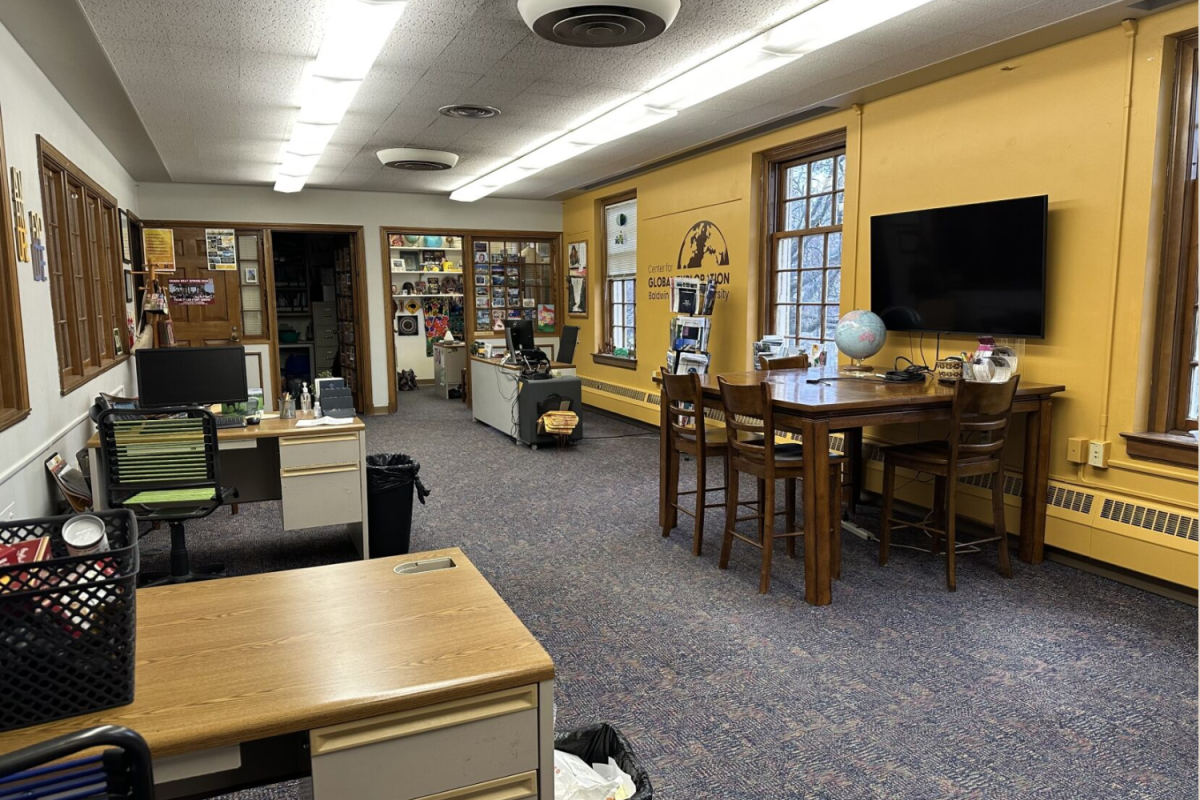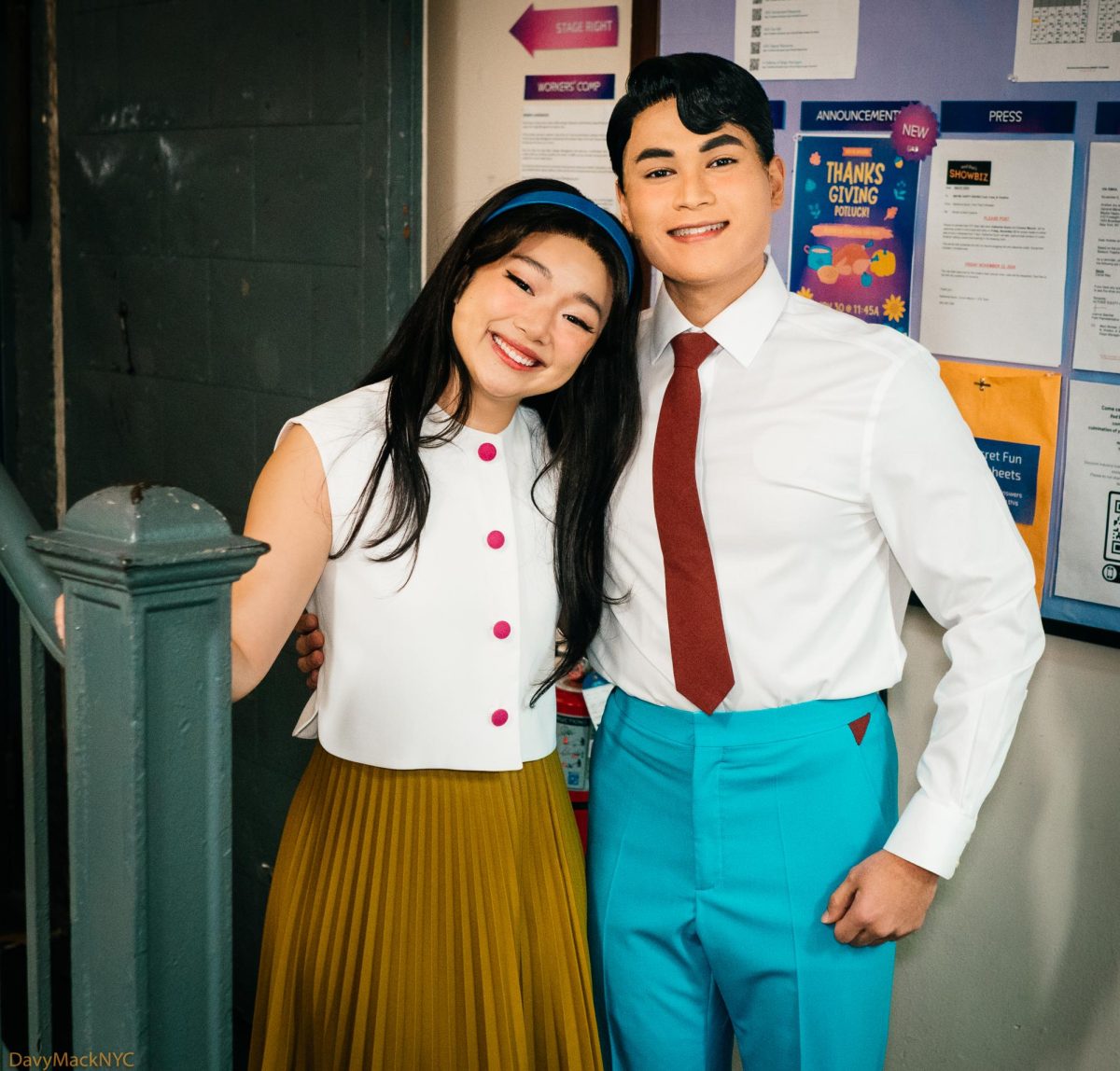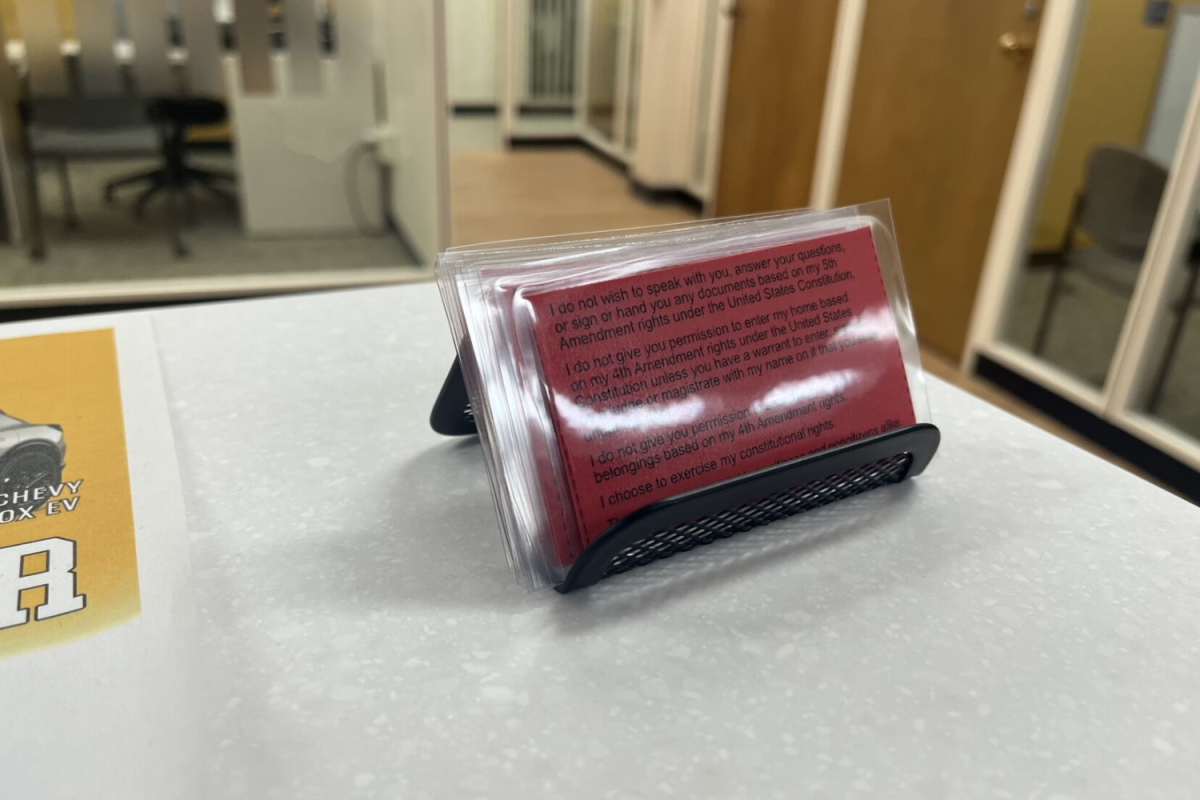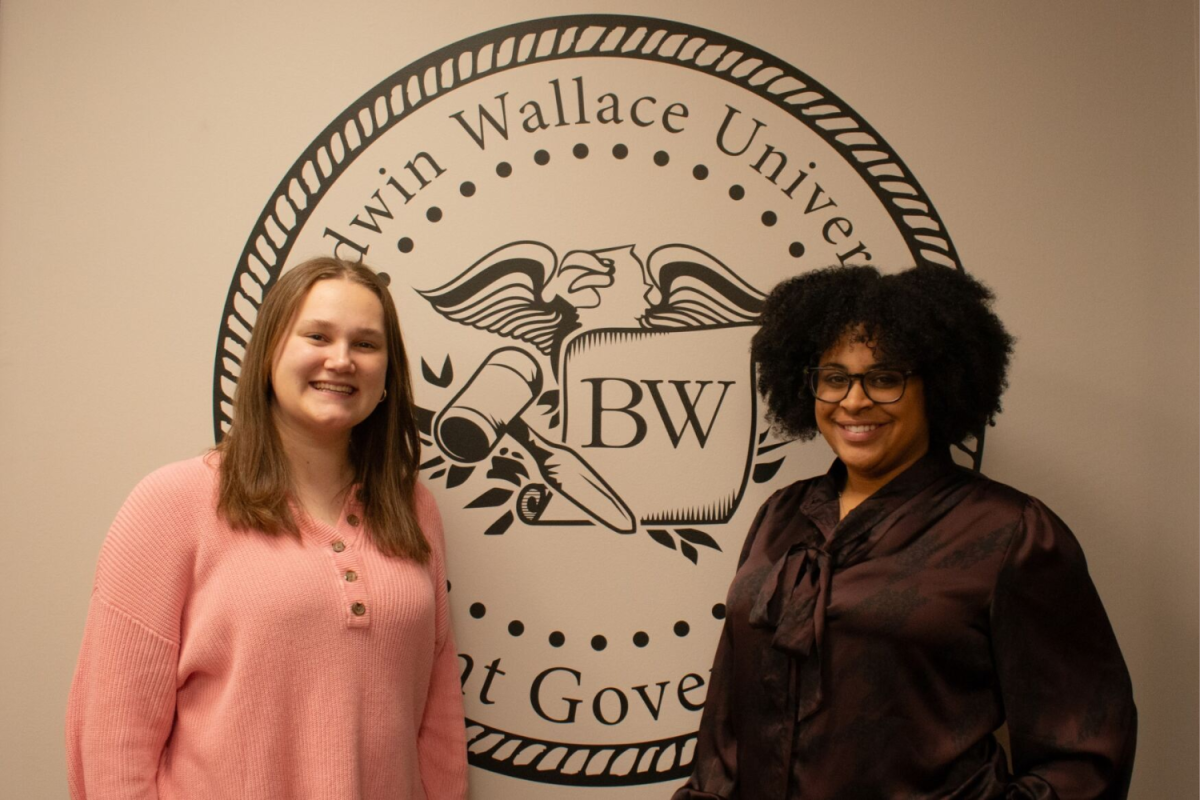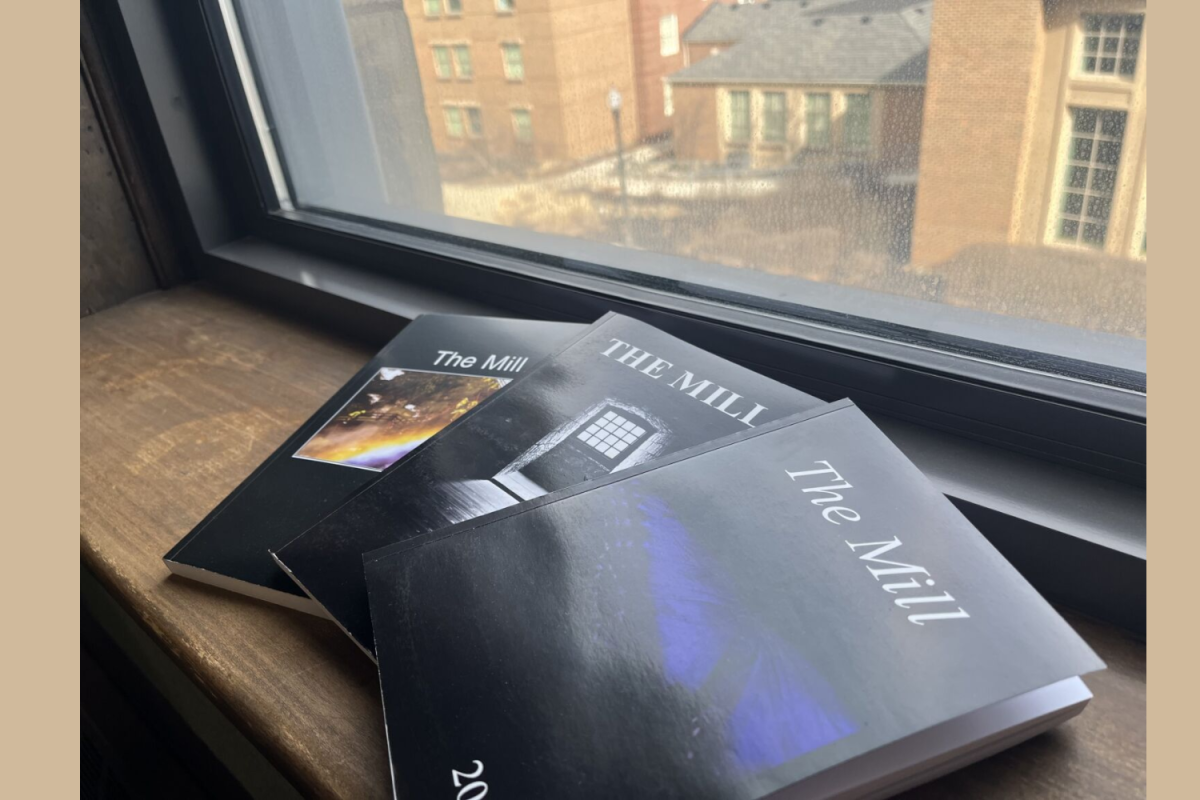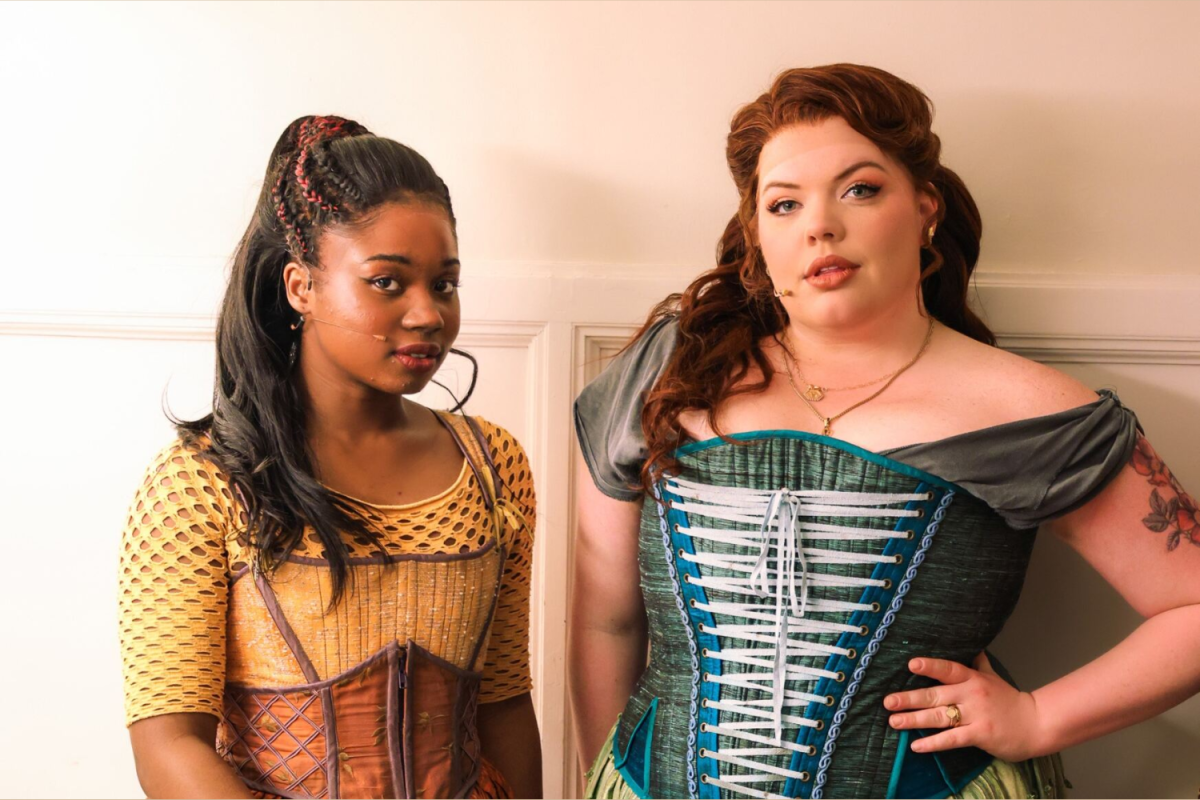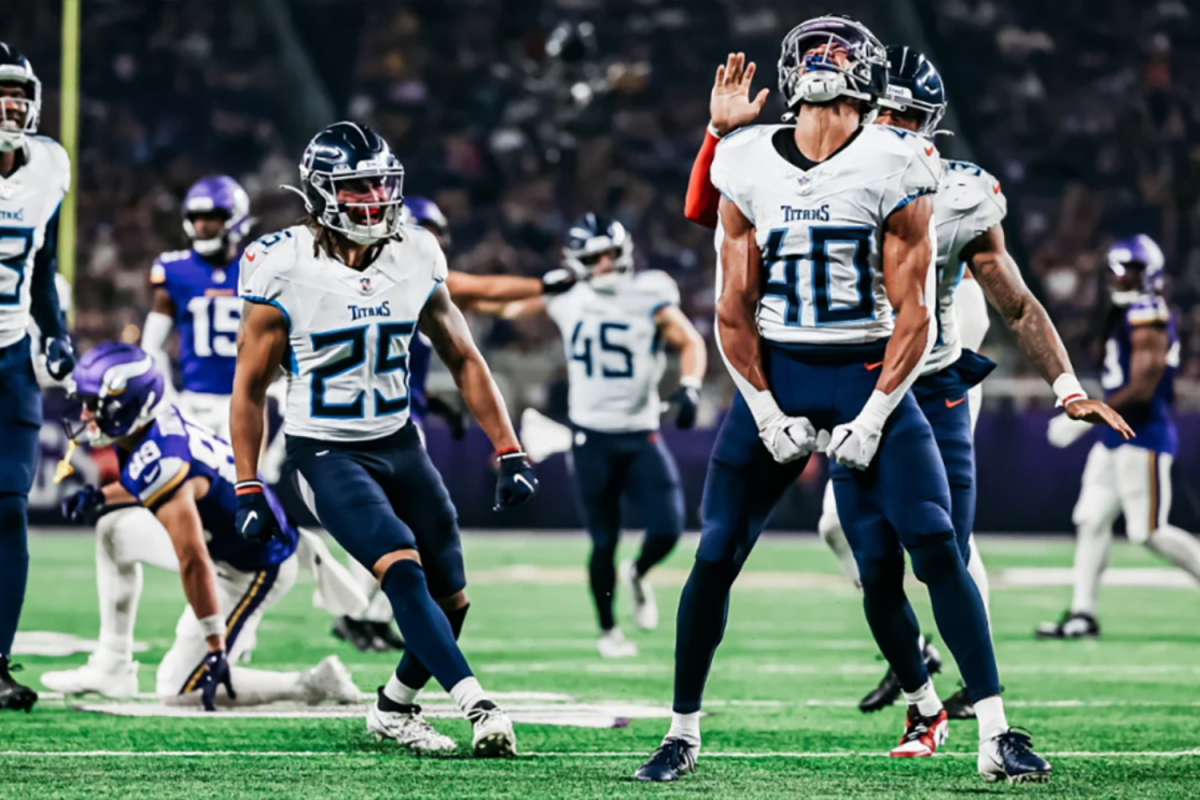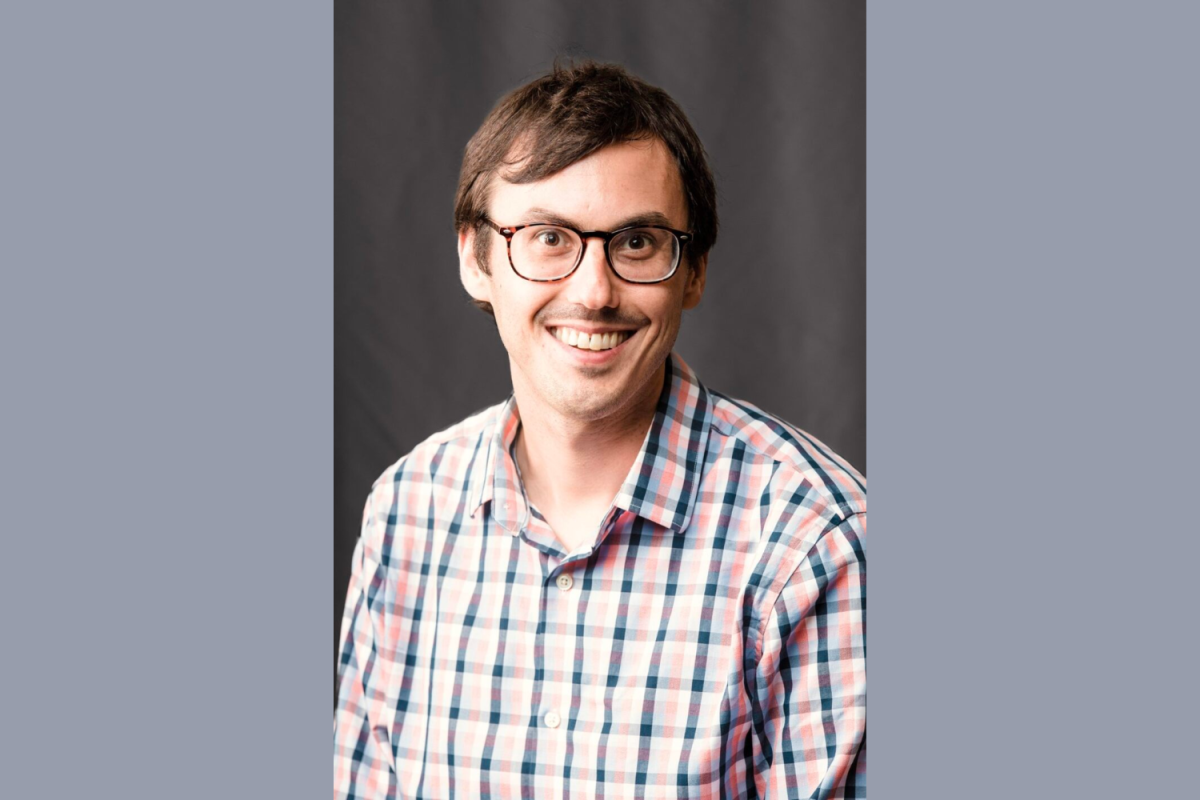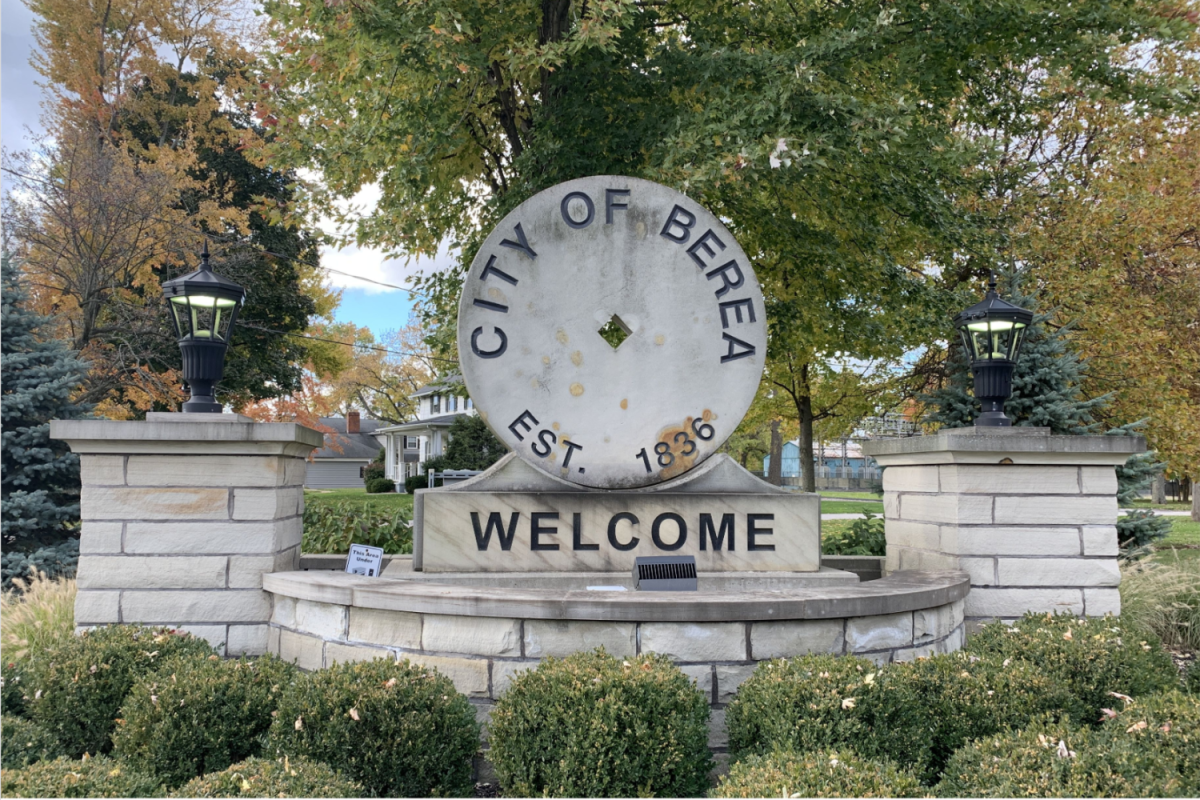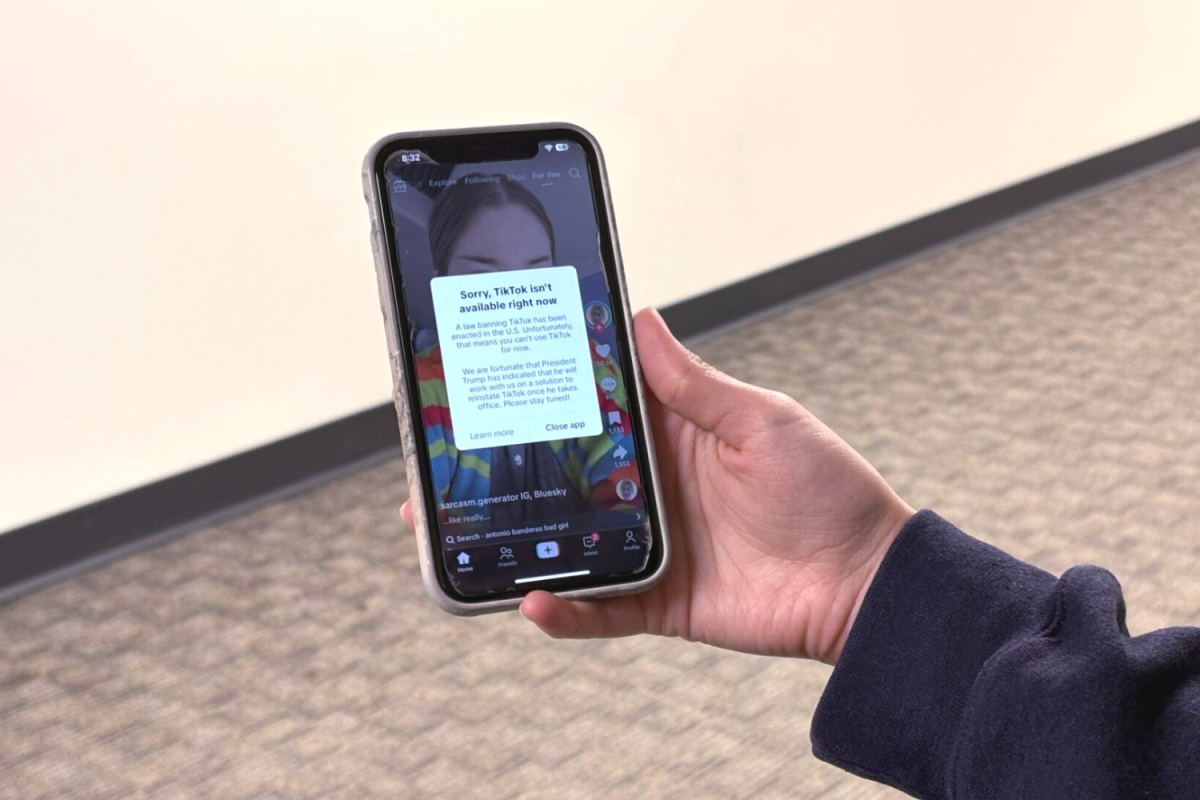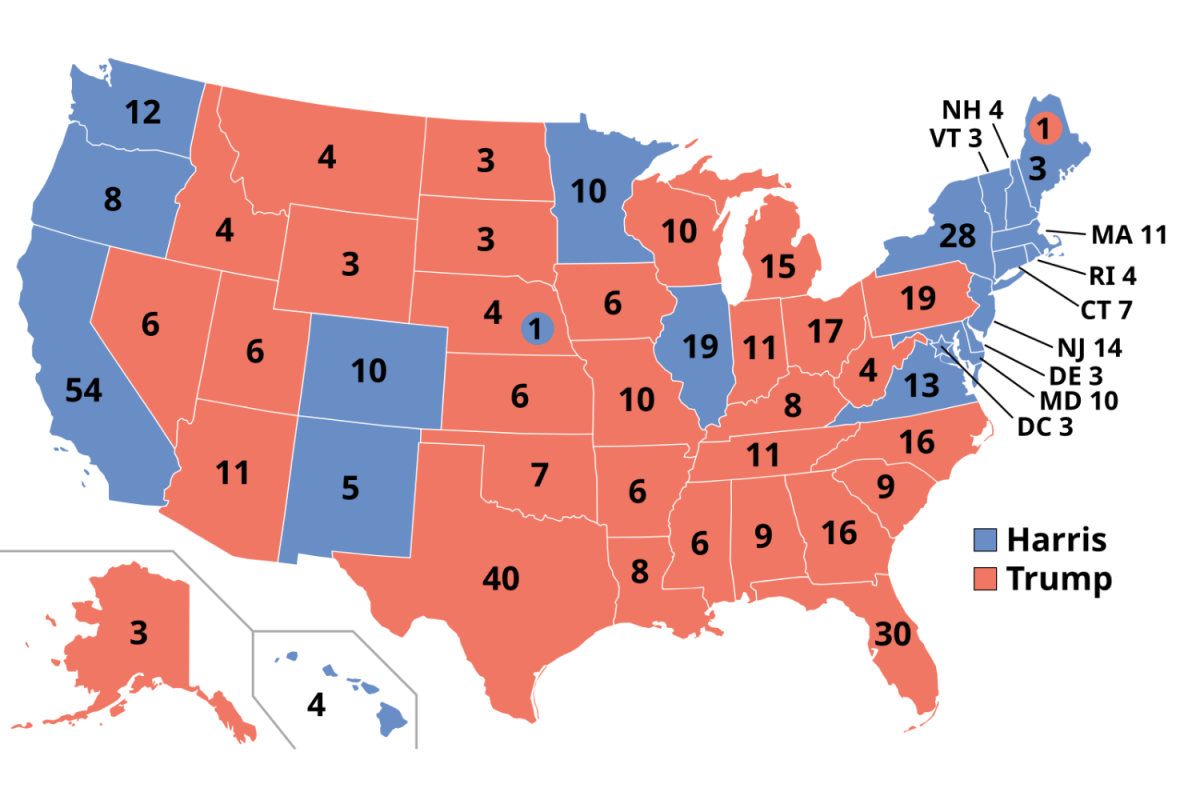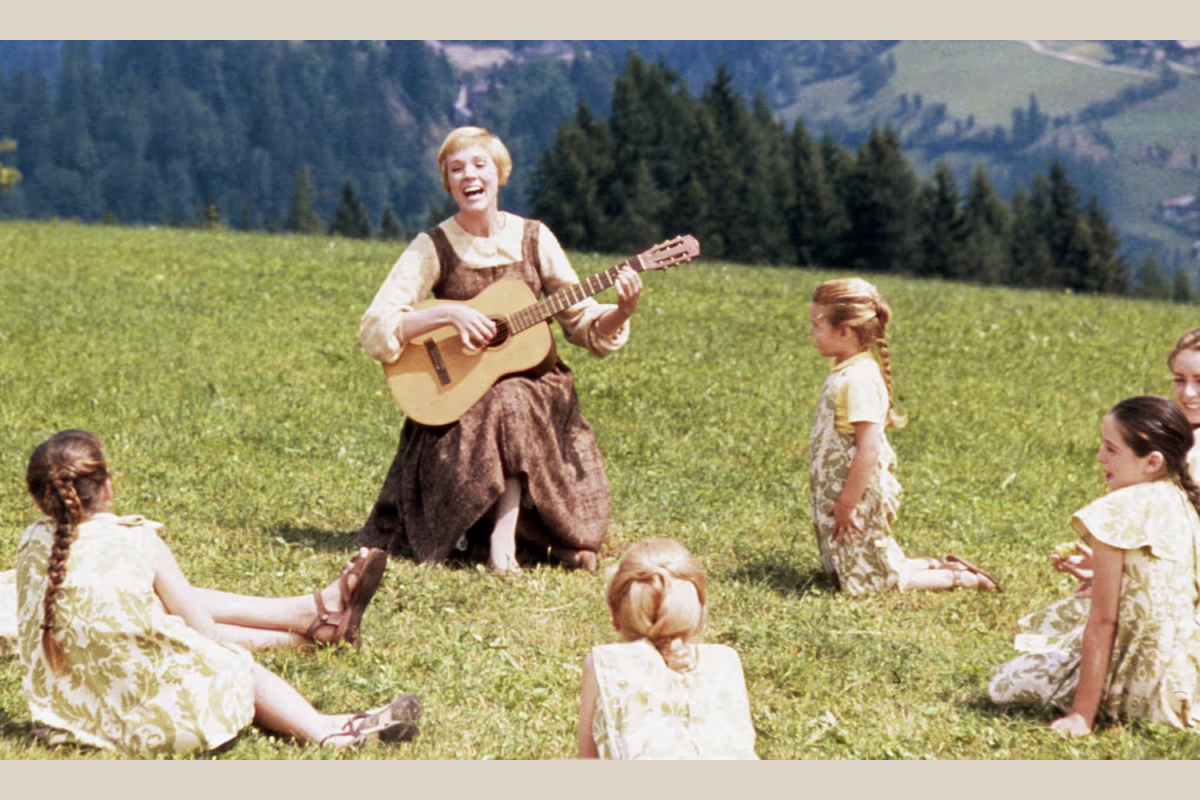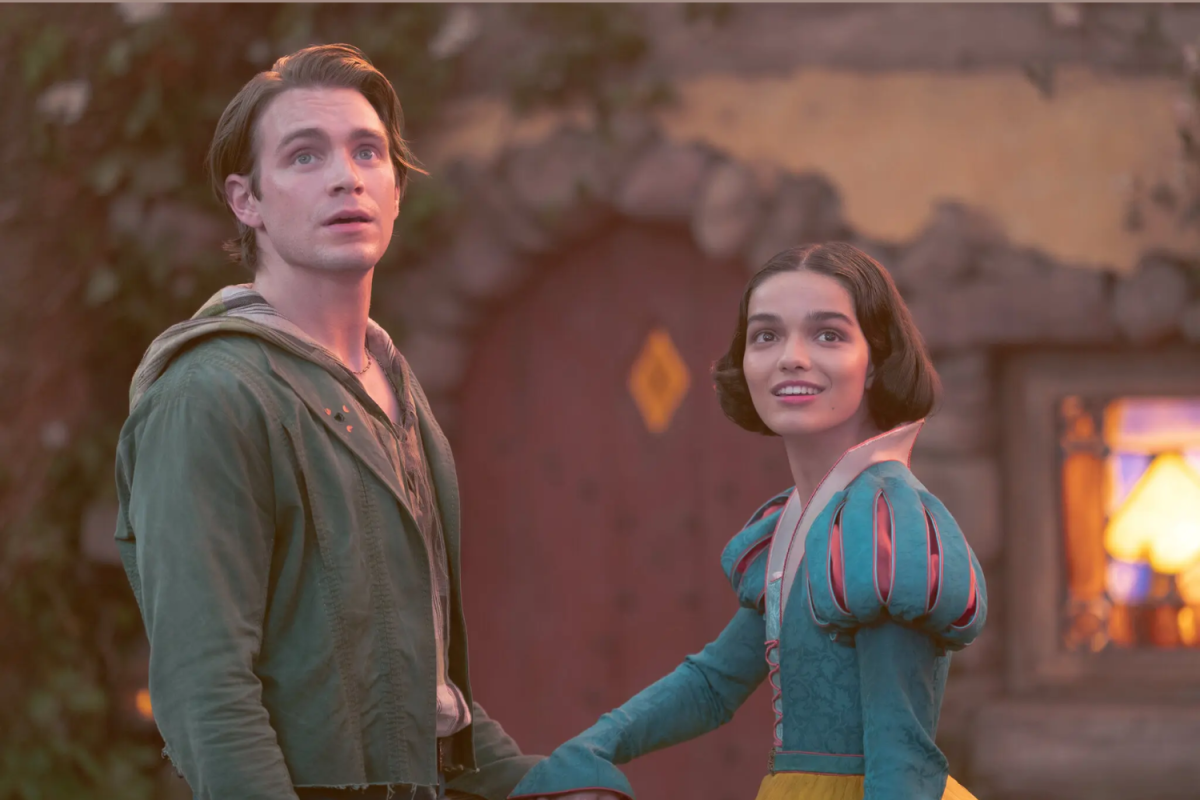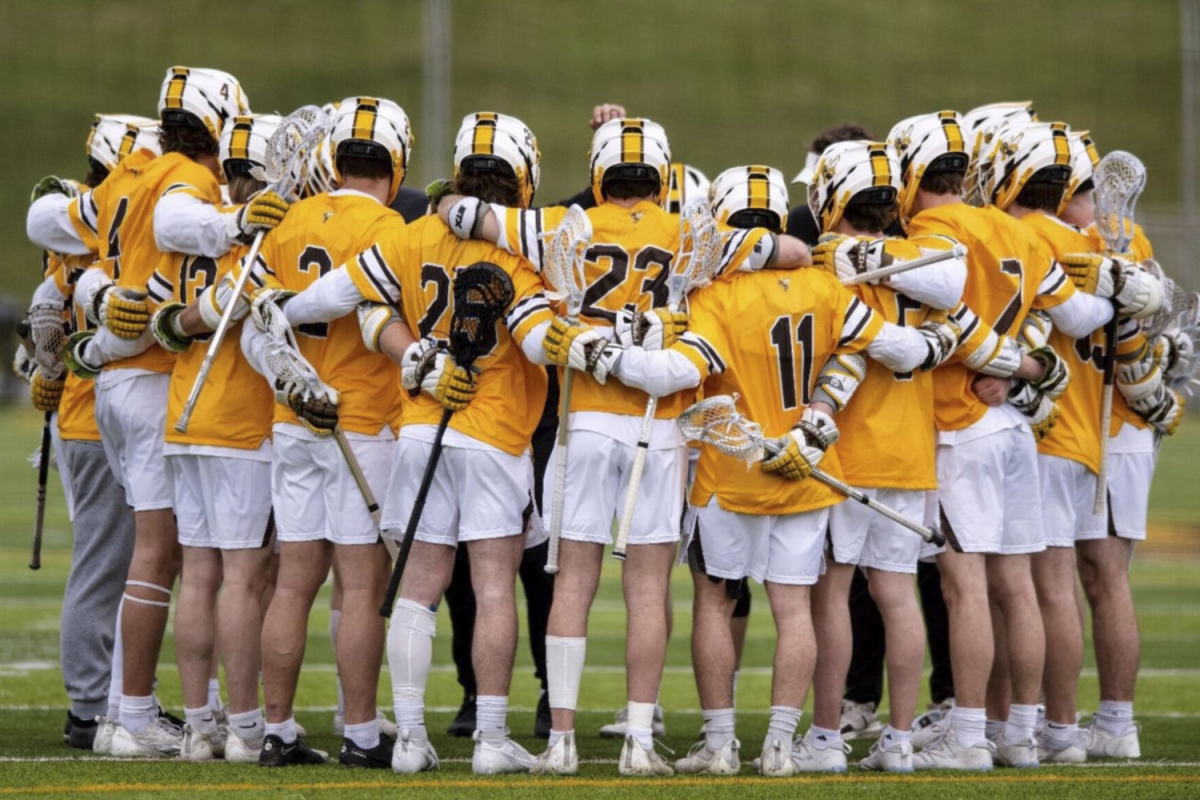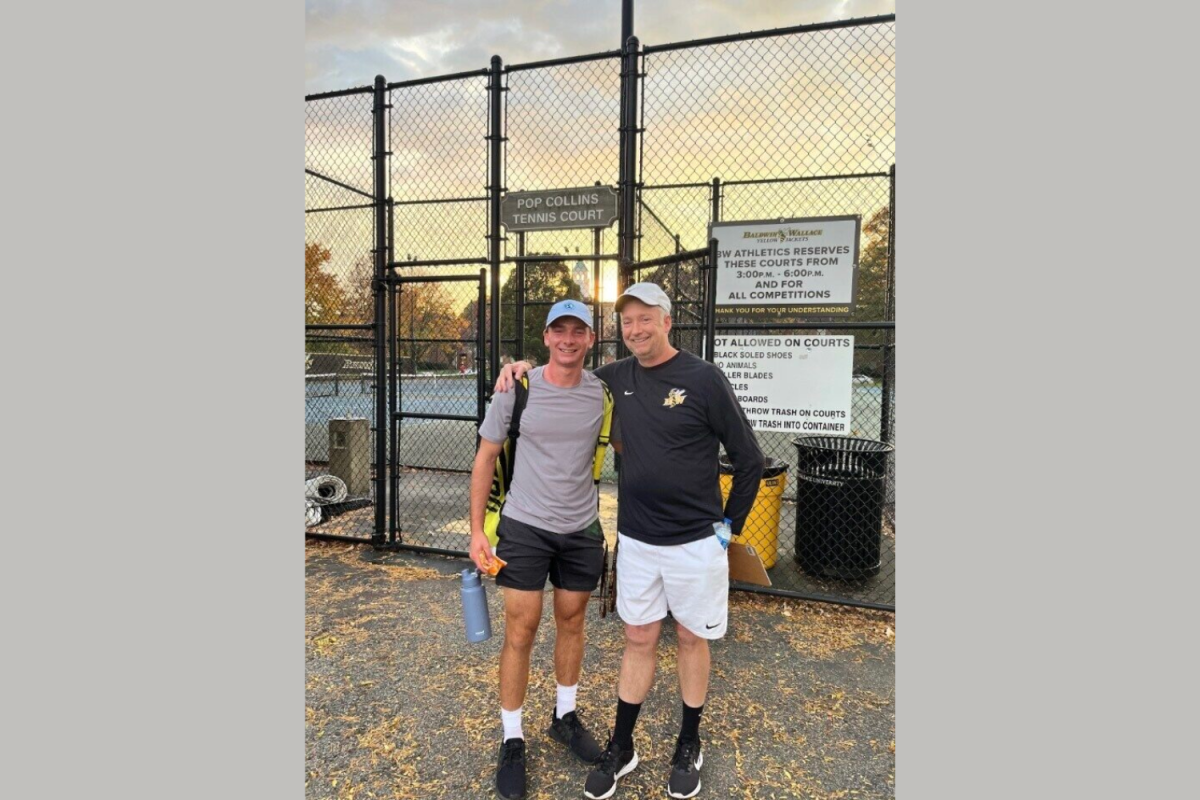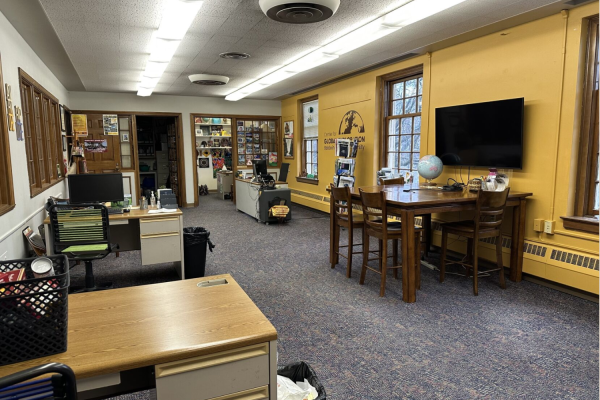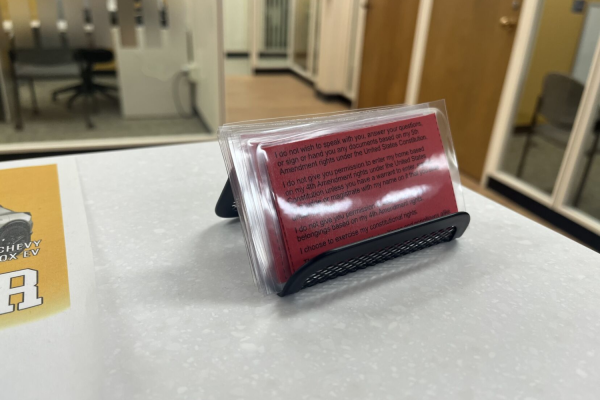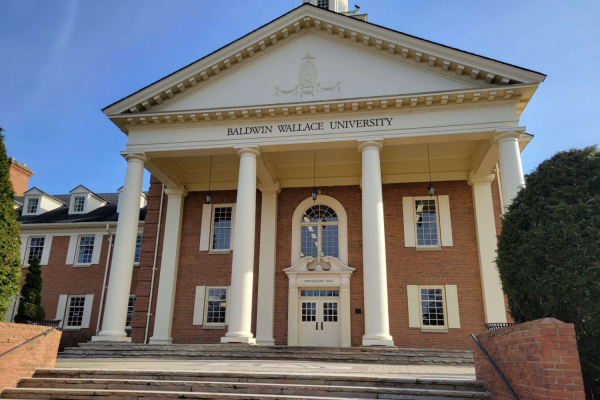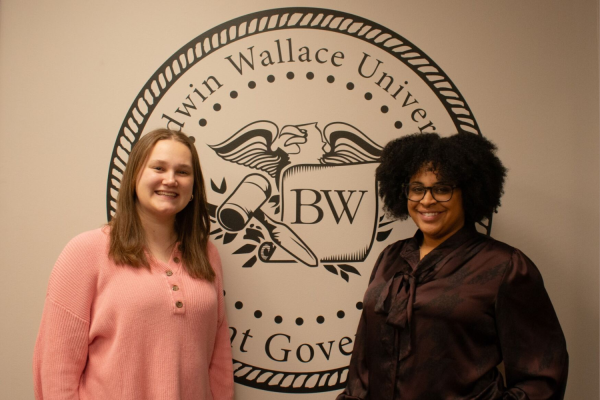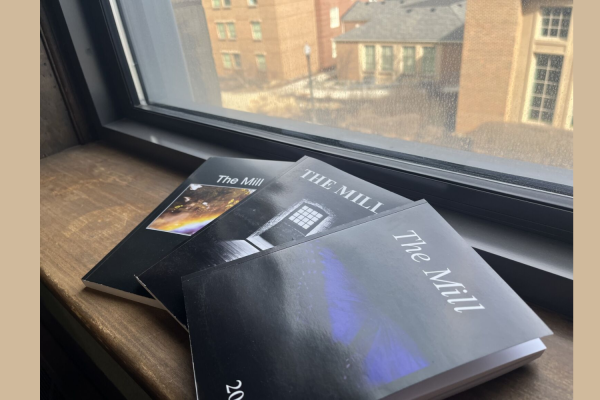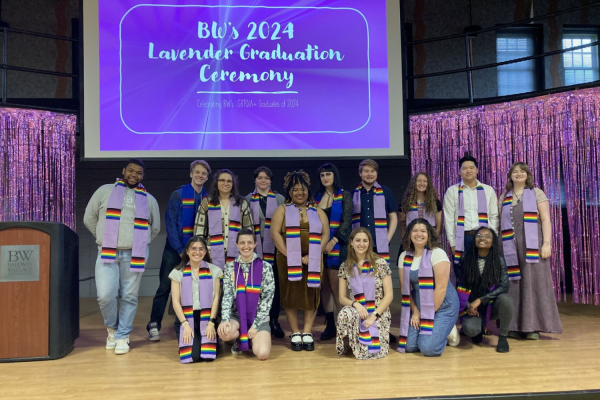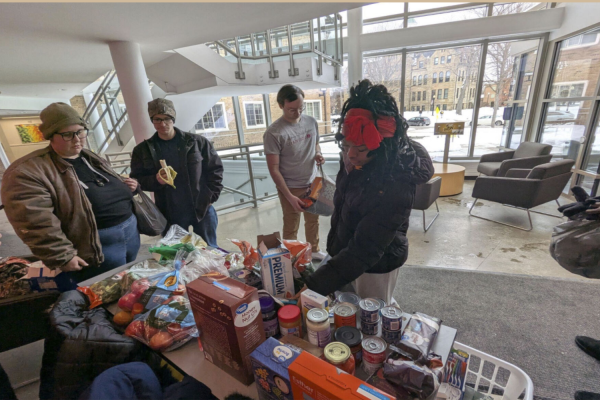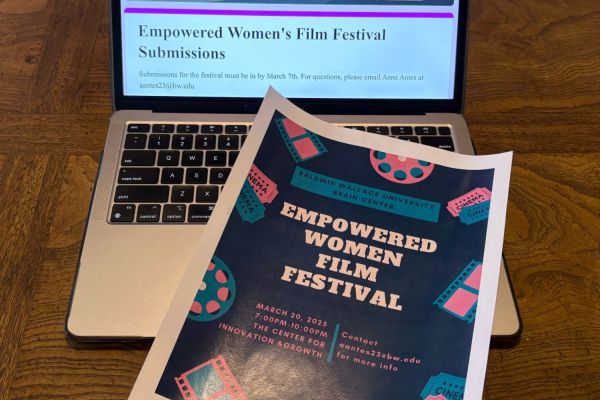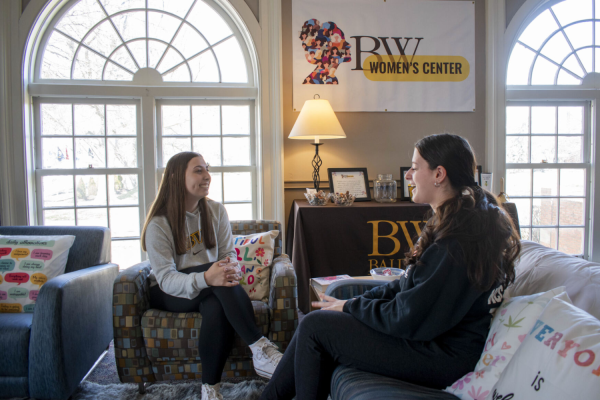Photovoice gives opportunity for first-years to take part in Ovation, reflect on experience using unique research method
First-year students participate in the Photovoice research method, engaging them in meaningful reflection on images about connection and the first-year experience.
At the Ovation Festival this year, first-year students have been given the opportunity to reflect on their connection to Baldwin Wallace University through Photovoice.
Developed by Caroline Wang and Mary Ann Burris in 1997, Photovoice is a research method that allows participants to reflect meaningfully on images, which can be used to collect data on a specific topic.
Claudine Grunenwald Kirschner, director of first-year and second-year experience, said that the three main goals of Photovoice, as described by Wang and Burris, are to “enable people to record and reflect, to have some dialogue and knowledge about these issues, and then to ultimately reach policymakers.”
Grunenwald Kirschner attended two conferences last year, one being academic-focused and the other being student affairs-focused. Both had presentations about Photovoice as a unique research method. Seeing this method used in both realms strengthened her belief that this would be an interesting way to engage first-year students.
“By using the theme of connection, we can collect some insight about how first-year students are connecting,” Grunenwald Kirschner said. “By having a display at Ovation, there is this dialogue aspect. People are going and viewing the images, they’re reading the written reflections, they’re taking in information and maybe thinking about things differently.” Grunenwald Kirschner said that she hopes first-years take this as an opportunity to pause and reflect on their year by looking at the images they have captured. The data collected through Photovoice will then inform the university about what the first-year experience looks like from the perspective of the participants.
In a world surrounded by images and social media, Photovoice allows for pause and reflection on images, which Grunenwald Kirschner said “takes meaning-making to a different level.”
“By pausing, being more thoughtful in selecting an image, writing about that image, and then thinking this is what this means to me, that can be just a really important and beautiful pause in how images are utilized in our lives,” Grunenwald Kirschner said.
For many students, engaging in Photovoice will be their only chance to participate in Ovation because they have yet to reach a stage in their academic careers where they have completed research. And through this process, they will help better their future student experience and the experience of new first-years.
“My hope is that this becomes a known way that first-year students can express themselves and then that ultimately it helps inform decisions around how we help students connect to the university,” Grunewald Kirschner said. “That’s a longer-term goal.”
At the Ovation Festival this year, first-year students have been given the opportunity to reflect on their connection to Baldwin Wallace University through Photovoice.
Developed by Caroline Wang and Mary Ann Burris in 1997, Photovoice is a research method that allows participants to reflect meaningfully on images, which can be used to collect data on a specific topic.
Claudine Grunenwald Kirschner, director of first-year and second-year experience, said that the three main goals of Photovoice, as described by Wang and Burris, are to “enable people to record and reflect, to have some dialogue and knowledge about these issues, and then to ultimately reach policymakers.”
Grunenwald Kirschner attended two conferences last year, one being academic-focused and the other being student affairs-focused. Both had presentations about Photovoice as a unique research method. Seeing this method used in both realms strengthened her belief that this would be an interesting way to engage first-year students.
“By using the theme of connection, we can collect some insight about, how are first-year students connecting?” said Grunenwald Kirschner. “By having a display at Ovation, there is this dialogue aspect. People are going and viewing the images, they’re reading the written reflections, they’re taking in information and maybe thinking about things differently.” Grunenwald Kirschner said that she hopes first-years take this as an opportunity to pause and reflect on their year by looking at the images they have captured. The data collected through Photovoice will then inform the university about what the first-year experience looks like from the perspective of the participants.
In a world surrounded by images and social media, Photovoice allows for pause and reflection on images, which Grunenwald Kirschner said “takes meaning-making to a different level.”
“By pausing, being more thoughtful in selecting an image, writing about that image, and then thinking this is what this means to me, that can be just a really important and beautiful pause in how images are utilized in our lives,” Grunenwald Kirschner said.
For many students, engaging in Photovoice will be their only chance to participate in Ovation because they have yet to reach a stage in their academic careers where they have completed research. And through this process, they will help better their future student experience and the experience of new first-years.
“My hope is that this becomes a known way that first-year students can express themselves and then that ultimately it helps inform decisions around how we help students connect to the university,” Grunewald Kirschner said. “That’s a longer-term goal.”
The Exponent is looking for financial contributions to support our staff and our newsroom in producing high-quality, well-reported and accurate journalism. Thank you for taking the time to consider supporting our student journalists.

